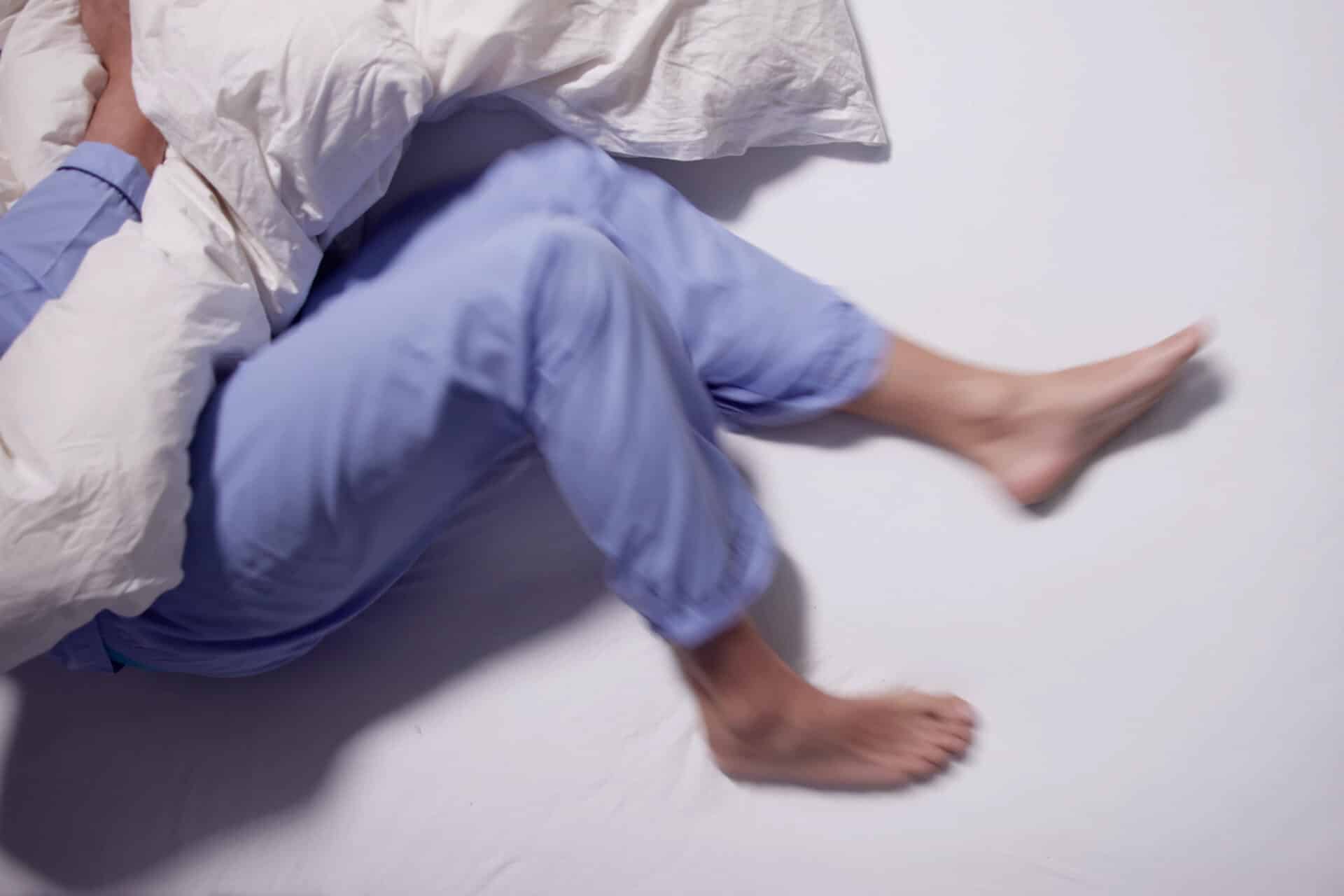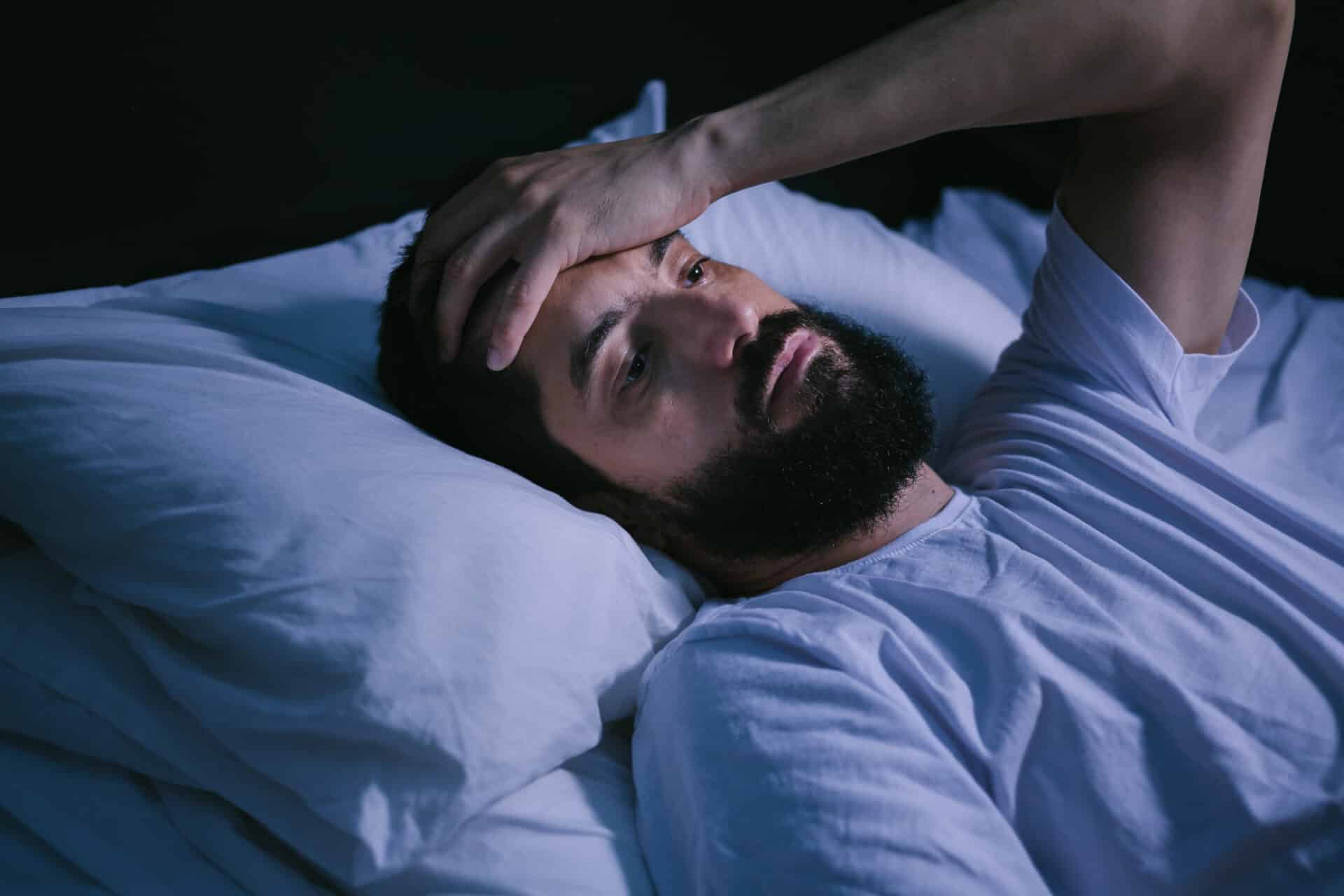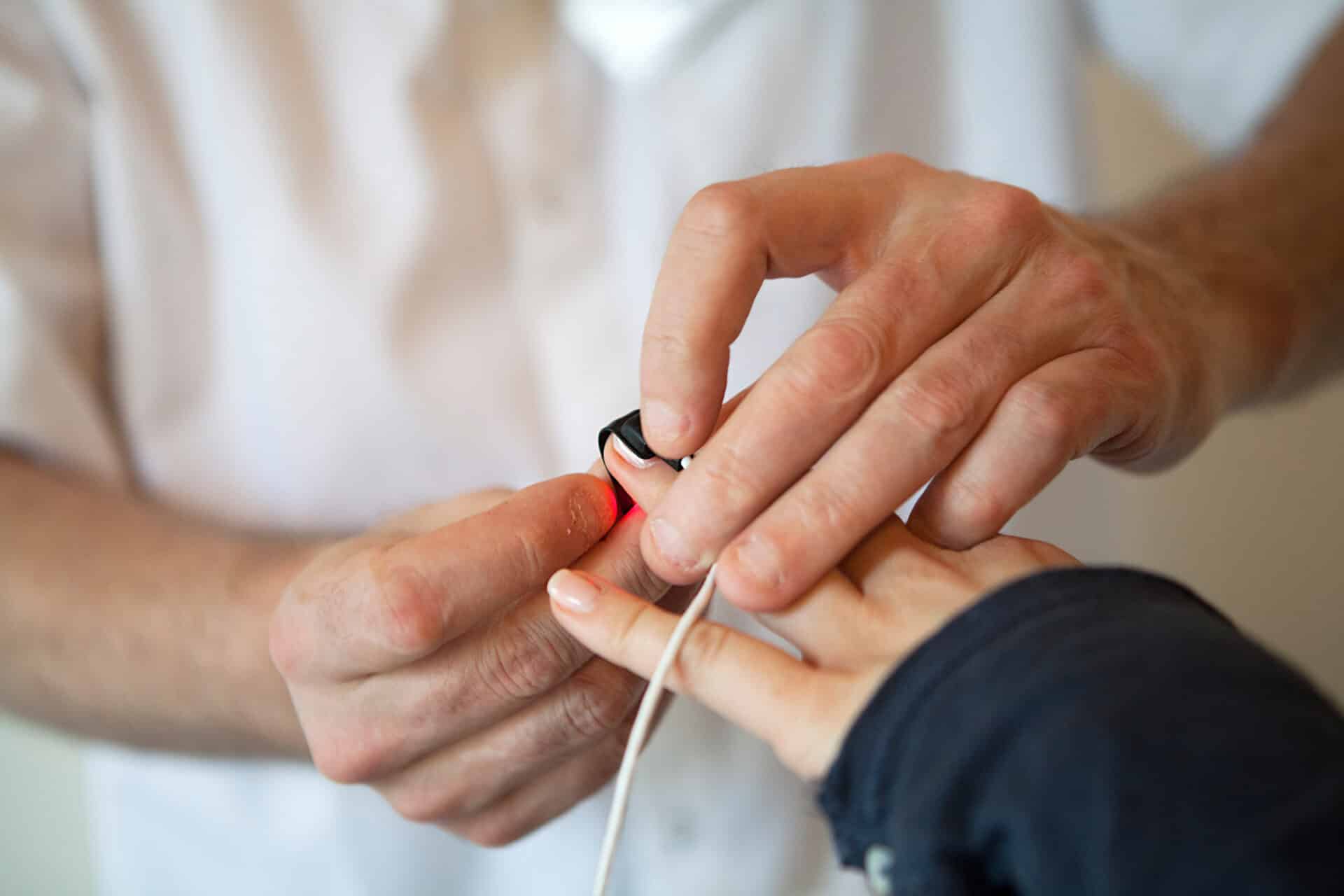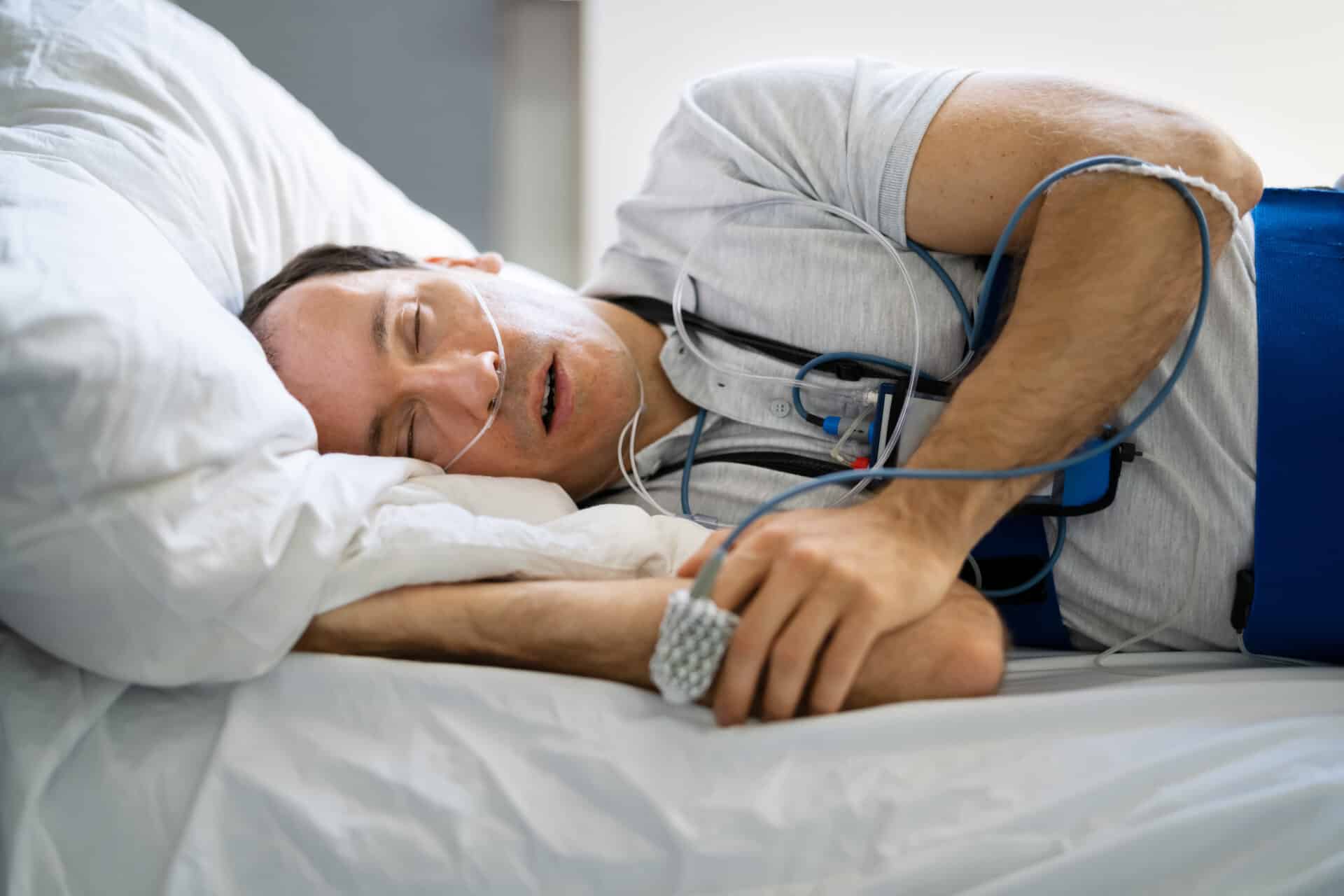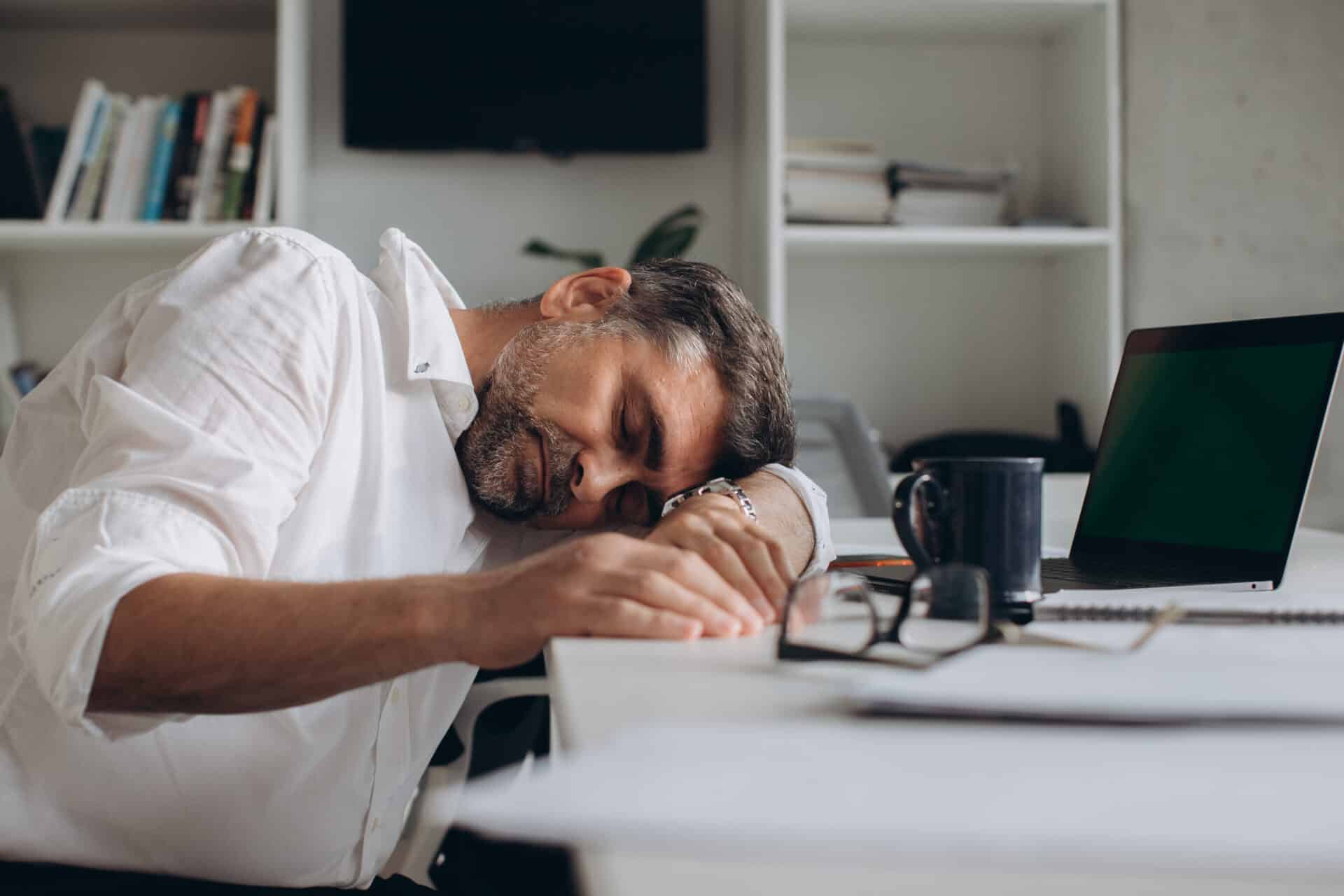Get Relief From Apnea and Breathe Easy
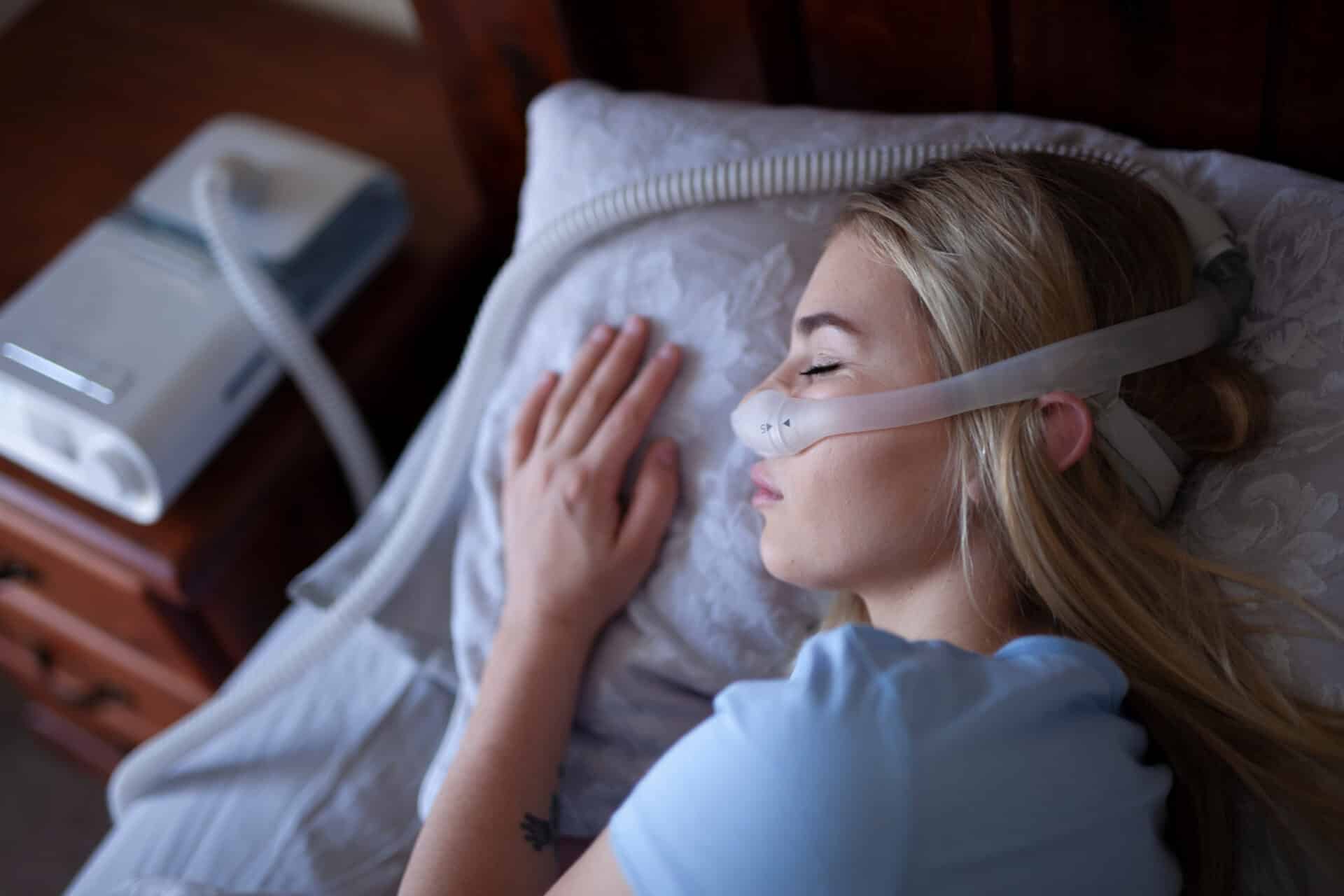
Sleep Apnea Treatment
What might seem like a minor annoyance – excessive snoring – could be just one of several symptoms experienced by sufferers of a prevalent and deceivingly dangerous sleep disorder: sleep apnea.
The number of diagnosed cases of sleep apnea is high—about 6 million Americans are known to suffer from apnea—but the actual prevalence is much higher. The American Academy of Sleep Medicine has estimated that as many as 80% of sleep apnea cases are undiagnosed. That means that up to 30 million Americans, or about 11% of the adult population, have interrupted breathing during sleep.
The Sleep Practitioners team has experience treating all types and all severities of sleep apnea. With diligent follow-up care that helps patients stay on top of their sleep apnea treatments and therapies, we have a better-than-average track record of helping people get their nighttime breathing under control and find a good night’s rest.
Sleep Apnea Treatment Options From Sleep Practitioners
Our first step is to perform an overnight sleep study. Certain patients may be eligible to receive a home sleep apnea test instead. These tests will determine if you have apnea and whether that apnea is obstructive (OSA) or central (CSA). Depending on the nature and the severity of your sleep apnea, we may recommend sleep apnea treatments, including:

CPAP (Continuous Positive Airway Pressure)
A CPAP machine is one of the most common sleep apnea treatments. A CPAP machine delivers a continuous stream of air at a pressure above normal atmospheric pressure. The additional air pressure helps keep your airway open through the night.
This stream of air is delivered via a hose connected to a mask you wear while you’re sleeping. Multiple sizes and styles of masks are available; your CPAP mask will vary depending on the type and severity of your apnea and what’s comfortable for you.
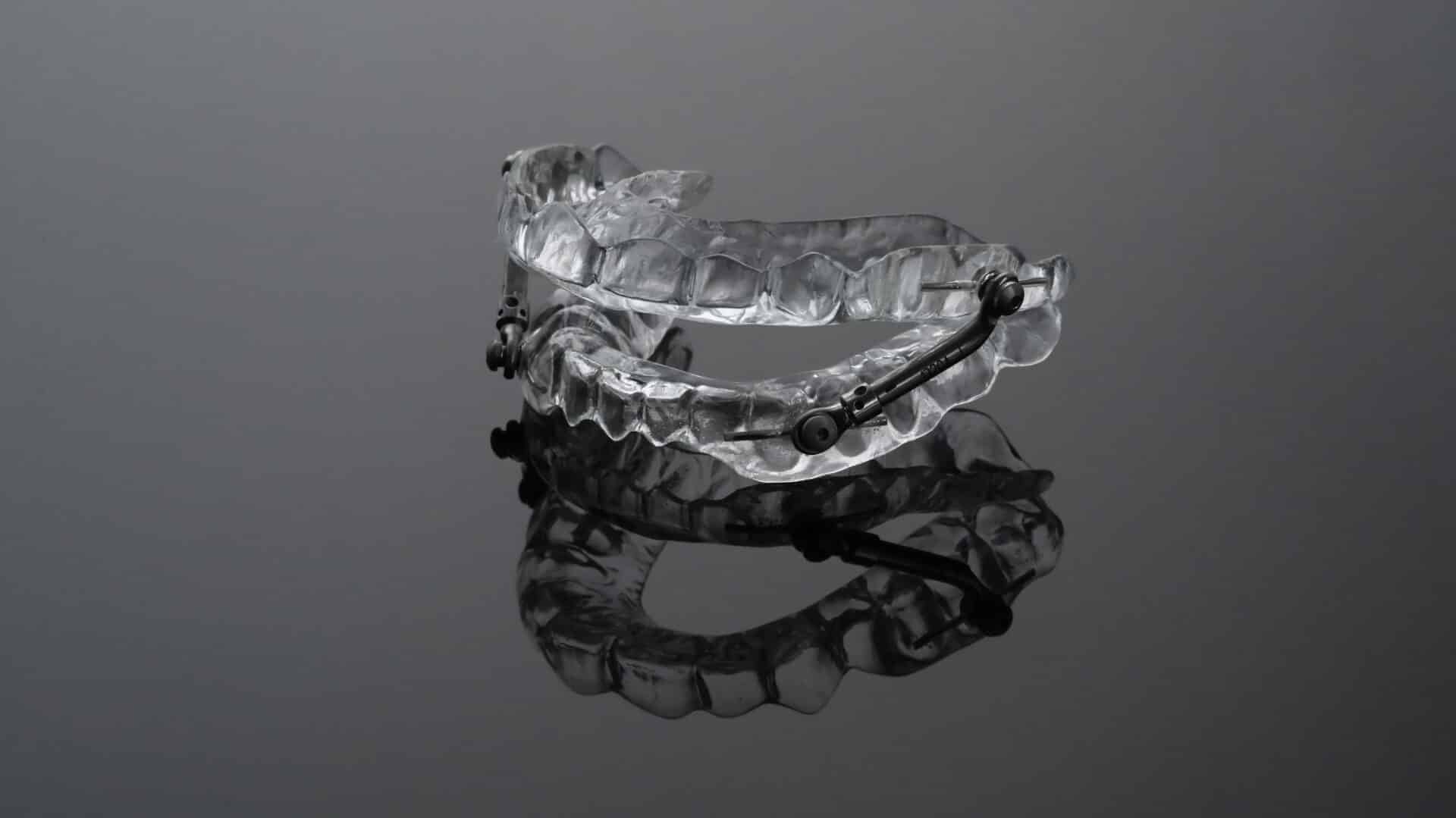
Oral Appliance
An oral appliance, or mandibular advancement device, is a small device that fits inside your mouth. If your apnea is caused by your tongue falling back in your mouth or your lower jaw sliding backward and blocking your airway, an appliance might be the best sleep apnea treatment for you.
Oral appliances are popular with patients who can’t tolerate or prefer not to use a CPAP machine for their sleep apnea treatment.

Lifestyle Changes
There are a number of lifestyle changes that can reduce or eliminate symptoms to provide effective sleep apnea treatment:
- Quitting smoking
- Reducing or eliminating alcohol
- Weight loss
- Management of allergies or nighttime congestion
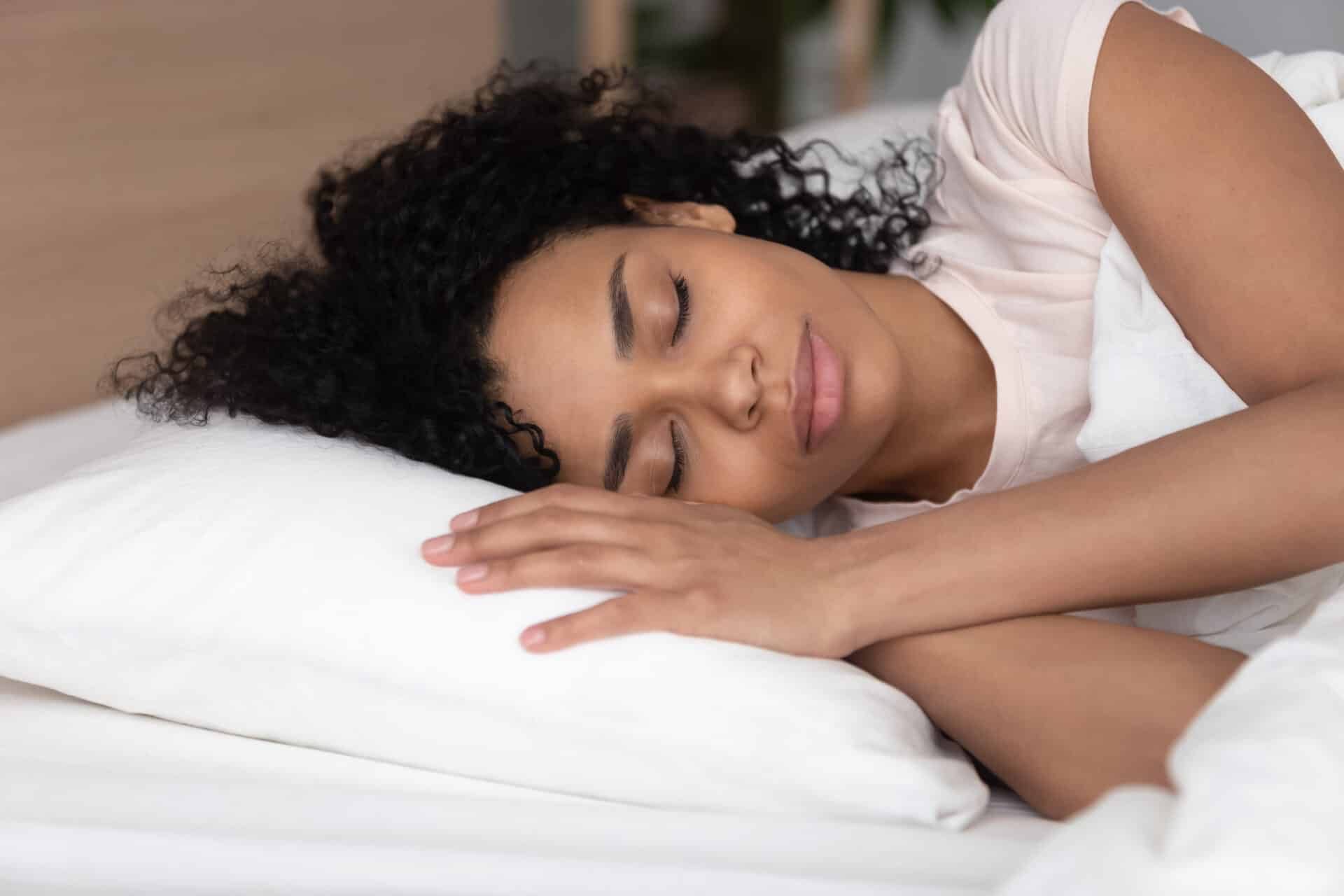
Positional Therapy
In some cases, a patient’s sleep apnea is positionally dependent—they experience apnea events when they’re on their back but not when they sleep on their sides. If your apnea improves with a change of position, we have several different therapy options to help keep you off your back and breathing easily.
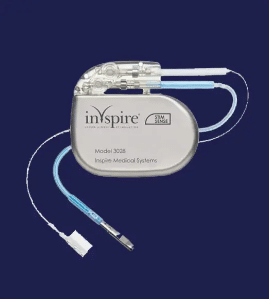
Nerve Stimulator Therapy
For certain patients, an implantable device similar to a pacemaker can provide effective sleep apnea treatment. This nerve stimulator is implanted in your chest, near the shoulder, and uses small electrical pulses to help encourage your muscles to hold your airway open.

Surgical Options
If CPAP and other therapy options don’t work for you, you may elect to undergo a surgical procedure to combat your sleep apnea. Typically, these procedures involve removing extra tissue in your throat that’s responsible for your airway obstruction. Other, less common procedures involve adjusting the bones in your jaw, nose, and face to improve your airflow.
Take Control of Your Nighttime Breathing With Help From Sleep Practitioners.
Contact your primary care physician for a referral, or contact us for more information.
What Is Sleep Apnea?
While the condition itself is complex, the definition is relatively simple: sleep apnea is a condition in which the patient’s breathing stops and starts while they’re asleep. The condition takes two primary forms:
- Obstructive sleep apnea (OSA) is the most common form. It occurs when the muscles in a patient’s throat relax to the point that their airway partially or completely collapses, interrupting airflow into the lungs.
- Central sleep apnea (CSA) is considerably less common. CSA is a condition in which the patient’s brain fails for some reason to send the proper signals to the diaphragm and other muscles that control breathing.
Common symptoms of sleep apnea include:
- Excessive or loud snoring
- Reports from a person who has observed the patient gasping or not breathing during sleep
- Waking up with a dry mouth
- Waking up with a headache
- Difficulty staying asleep (Insomnia)
- Excessive daytime sleepiness (Hypersomnia)
- Loss of focus or concentration
- Moodiness or irritability
Note that it is possible to have sleep apnea and not snore. If you have many of the other symptoms, particularly reports of gasping or halted breathing, you should undergo a sleep study even if you don’t snore.
What Causes Sleep Apnea?
There are dozens of potential causes for sleep apnea and a number of conditions that are considered risk factors that increase someone’s chance of developing apnea:
- Excess weight: apnea risk is higher in individuals with a BMI of 25 or higher
- Large neck size: men with a neck size greater than 17” and women with a neck size greater than 16” are at an increased risk of sleep apnea
- Middle age: sleep apnea is more common in young adults and middle-aged individuals
- Gender: sleep apnea is more common in men than in women
- Hypertension: high blood pressure can increase the risk of developing apnea
- Drug and alcohol use: Sedatives, alcohol, and other central nervous system depressants can interfere with the functioning of the muscles that hold the airway open
- Airway abnormalities: conditions such as a deviated septum or nasal polyps can increase the likelihood of sleep apnea
- Family history: Individuals who have family members with apnea are more likely to have apnea themselves. Some of this risk is due to inherited risk factors such as obesity and retrogenia (receding chin); family lifestyle factors such as physical activity and sleep habits may also contribute.
Is Sleep Apnea Dangerous?
Sleep apnea can be very dangerous. Even a mild case can cause excessive sleepiness during the daytime, which can be disastrous when driving, operating machinery, or even walking on a busy street.
As the severity of a patient’s apnea increases, however, the list of complications that can emerge becomes even more concerning:
- Hypertension and heart problems
- Type 2 diabetes
- Stroke
- Kidney disease
- Metabolic syndrome (hypertension, high cholesterol, and elevated blood sugar)
- Complications with other medical treatments
- Liver conditions such as nonalcoholic fatty liver disease
Any one of these alone can be a life-threatening condition. The most severe cases of sleep apnea are, in and of themselves, life-threatening. While rare, apnea sufferers have been reported to stop breathing and never restart.
Let Sleep Practitioners Help You Get Better, Restful Sleep.
Contact your primary care physician for a referral, or contact us for more information.




